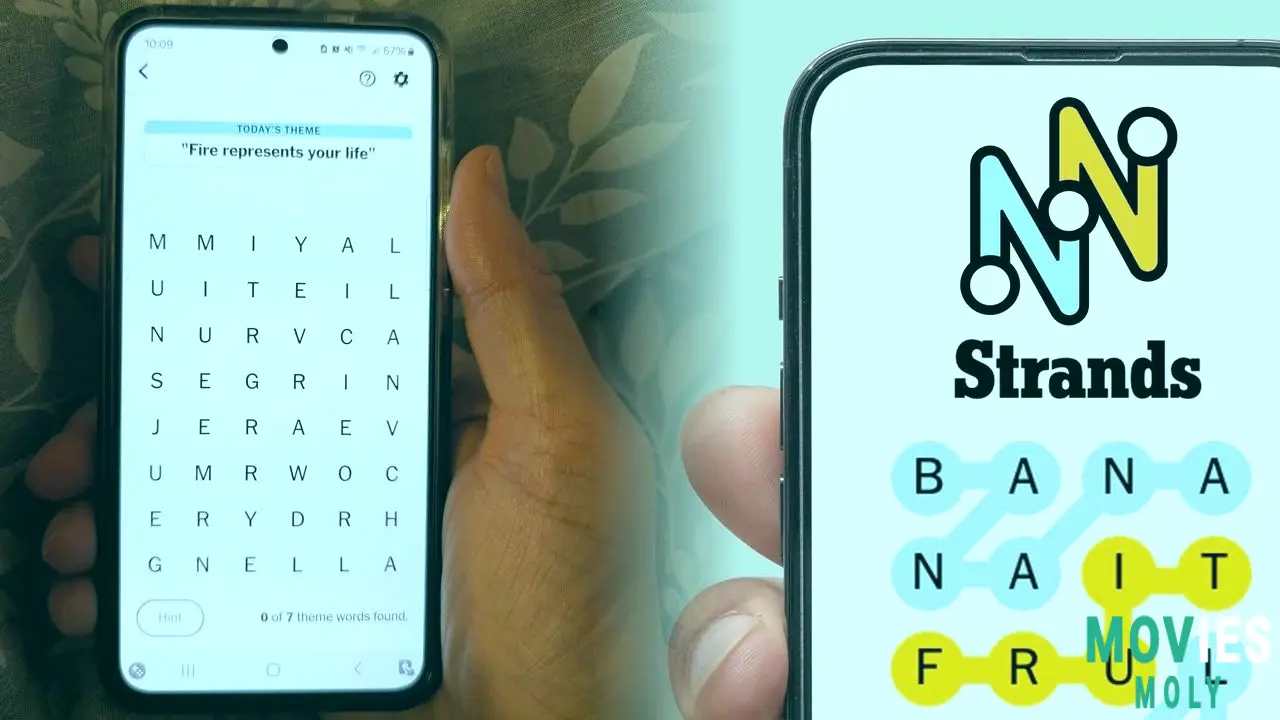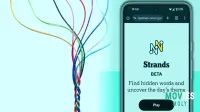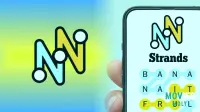If you're anything like me, you undoubtedly have a daily regimen that includes one or two word puzzles. The New York Times offers an entire collection of these brain puzzles. While Wordle was a huge sensation, and Connections has its own charm, Strands joined the scene and immediately won my heart. It's a word search with a twist. This game may be both enjoyable and extremely annoying. Sometimes I look at the grid and feel absolutely lost. When this happens, a little direction can be really helpful.
Strands is not your typical word search, where you just see terms listed on the side. Instead, it assigns you a theme. The next step is to find words related to that theme hidden within a jumbled letter grid. The most difficult aspect is generally determining the theme, especially when it is ambiguous. It forces your brain to think differently. This challenge asks you to find words that run in any direction, including up, down, sideways, and diagonally. You only use each letter once. This makes for a genuinely unique difficulty. And this is why you sometimes hit a wall.
How Strands Works and Why It's Such A Difficult Word Game For MeUnderstanding The Basics And The Significance Of That Yellow Spangram Connection
When you start a new Strands puzzle, you will see a grid of letters. At the top of the screen, there is a small word that represents the theme for that day's puzzle. Your main task is to locate all the words in the grid that correspond to this theme. As you identify the correct word, the letters turn blue. This helps you keep track of what you've already discovered. It also helps the remaining letters stand out more. The true game changer, however, is the "Spangram."
The Spangram is a unique word. It runs over the entire board, either from left to right or top to bottom. It more clearly expresses the puzzle's primary premise. When you find the Spangram, its letters will light up in yellow. This can occasionally make the rest of the puzzle much simpler. If the topic is "Sweet Dreams," for example, the Spangram could be "NIGHTMARES." This provides you a lot better idea of what kind of words you should be looking for. I generally try to find the Spangram first, since once I have it, the remainder of the jigsaw falls into place more easily. It effectively serves as a key for the entire grid.
One of the advantages of Strands is that you cannot actually fail. If you make a guess that is not a theme word but has four or more letters, it counts as a clue. After you input three non-theme words, a "Hint" button appears. If you press it, certain letters in one of the theme words will be highlighted for you. You still need to connect those letters in the proper order. This approach allows you to always complete the puzzle. There is no time limit, either. This makes it less stressful than other games, where you may feel rushed or concerned about losing your streak. This relieves some of my stress. I can really take my time thinking.
My Own Ways To Tackle The Daily Strands Puzzle When I'm Stuck
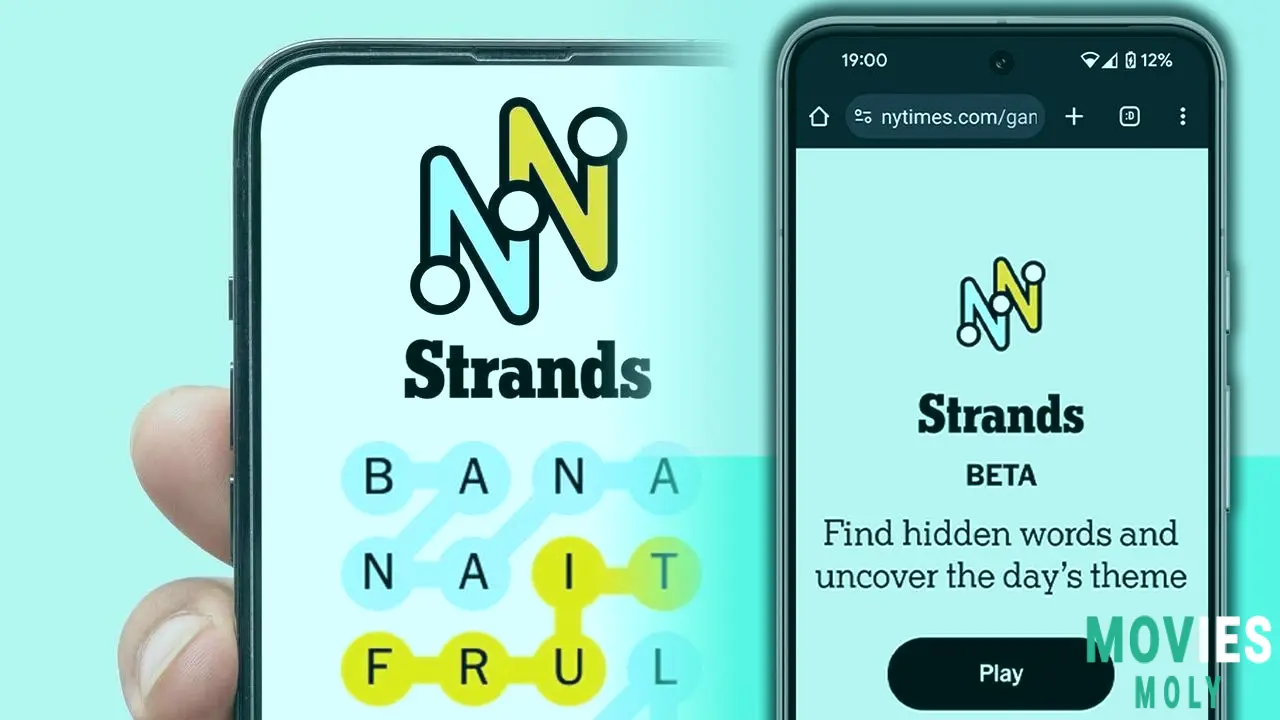
Learning to think outside of the box when the theme is not immediately clear.
I recall one occasion when the topic was something like "Down Time." My first thinking was to look for words related to relaxing, such as "NAP" or "REST" or "CHILL." I spent ages looking for these. I connected letters repeatedly, only to have them rejected. It felt as if I was bashing my head against a brick wall. I had used up a few hints. When the Spangram came, it read "SADNESS." Suddenly, I understood. "Down Time" was not about relaxing. It was about being sad. This means I needed words like "MELANCHOLY," "GLOOMY," and "TEARY" to look for. It was a complete shift in my perspective, and it taught me an important lesson.
This encounter taught me that I should be more open-minded about the topic. Sometimes the title is a play on words. It might have two meanings. Alternatively, it could relate to a group of words indirectly. When I become stuck, I attempt to step back. I read the theme aloud. I consider any additional interpretations it could have. I also evaluate popular phrases or thoughts that may be related. It's almost like a minor puzzle preceding the major puzzle. This shift in my approach has saved me a great deal of time and frustration. It also makes the moment of revelation much more enjoyable.
Why Trusting Your Gut Can Lead To Success In Stranded Puzzles
Sometimes the first few words you notice are buried in plain sight. It's easy to overthink it. I frequently find myself trying to create difficult terms. I try to move the letters in long, twisting routes. Then I realized that a brief, basic word had been there all along. It may not seem like much, but even a single phrase can help to break the ice. It removes some letters from the board. This can reveal previously unseen connections. It's like removing a piece of a jigsaw puzzle to reveal the entire picture underneath.
I also experiment in different directions. If I've been looking from left to right, I might try top to bottom. Or I might look for words concealed diagonally. Sometimes simply turning my head or looking at the grid from a different perspective helps. The game designers are brilliant. They hide words in a variety of areas. As a result, it is beneficial to be equally as clever in your search strategy. Even when I am stumped, I continue to move my finger around the letters. I try to identify any familiar patterns or letter combinations. Even when I don't have a specific term in mind, active research typically helps my brain notice something I missed the first time.
Finding Help When Everything Else Fails And The Puzzle Appears Impossible To Solve
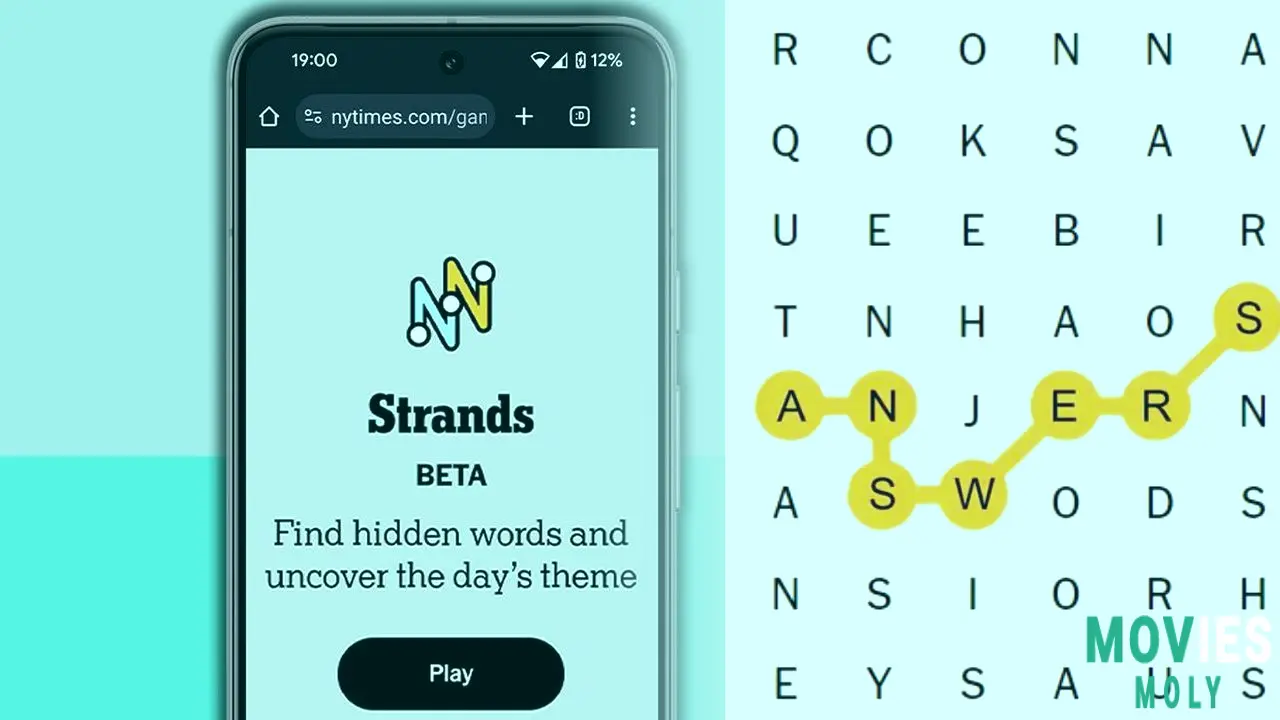
Where I Look For Guidance When I'm Truly Stuck With A Strands Grid
Let us be honest. Even with all of the tips and tactics, there are times when a Strands problem seems completely unsolvable. The motif appears to make no sense. No words emerge, regardless of how long I stare at the screen. On those days, it's okay to acknowledge defeat and seek some assistance. I do that, too. My goal is to enjoy the game rather than suffer through it for hours. So when I get to that stage, I know where to look.
Many websites offer daily suggestions and even complete answers for Strands. I usually check for general hints initially. Maybe just a little push in the correct way. If I can get the Spangram, I'm typically good to go again. These kinds of hints assist me realize the theme's genuine significance. I can generally locate the rest of the words on my own. It's like receiving a kindly nudge when you're lost. This permits me to feel like I've solved the majority of the puzzle. It keeps the fun continuing.
If I'm still lost, even after seeing a tip, I'll look for specific words. I try to reveal one or two at a time. This is my last resort. The objective is not simply to duplicate the answers. The goal is to learn from them. When I see a word I've missed, I try to figure out why. Was it the direction? Was this a tough aspect of the theme? This helps me prepare for future puzzles. It's all about striking a balance. You want to push yourself while simultaneously enjoying the process. So, there is no shame in asking a little assistance when necessary. It's part of the game for me.
Strands has become an enjoyable part of my day. It's a distinct type of word game. It encourages me to think imaginatively about language. The New York Times crew does an excellent job of keeping the riddles new. They provide fresh obstacles with each passing day. True, it can be frustrating at times. But the sense of finally solving a difficult puzzle is extremely rewarding. It's a wonderful reminder that even when things appear jumbled, there's always a way to connect the dots. I hope these concepts are useful in your own everyday word travels.

